Working Out the Future of Movement
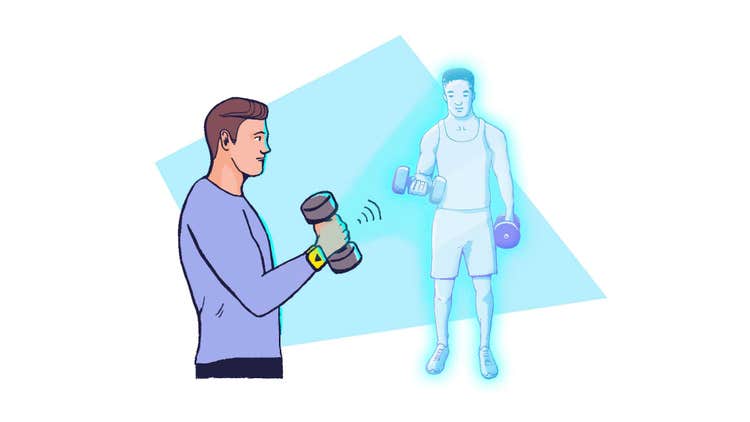
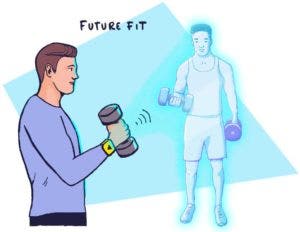
In just the last decade, Zumba has become a global sensation, CrossFit has gone from underground obscurity to prime-time competition on cable TV, and “boutique” now refers to a fitness studio and not simply a clothing shop. And one of the most important changes over the past decade is that women now have substantial and compelling programming opportunities to be strong and fit (rather than skinny), resulting in a significant number of women experiencing the benefits from strength-training and high-intensity exercise.
Add to these developments the technological advances that have helped make them possible. In 2007, the iPhone had just been introduced, the iPad was still in development and Instagram was just an idea incubating in some college student’s brain. Since then, many fitness-based apps for smartphones and tablets have had a dramatic impact on how fitness is delivered to and consumed by the end user.
So what will the next 10 years bring? How will we be exercising in 2028? We asked leading influencers in the fitness industry, including master trainers who work for top fitness brands to create the programs that we use with our favorite exercise equipment, as well as the developers who conceive of new products to shape our bodies.
Here are eight trends to watch for during the next 10 years of fitness:
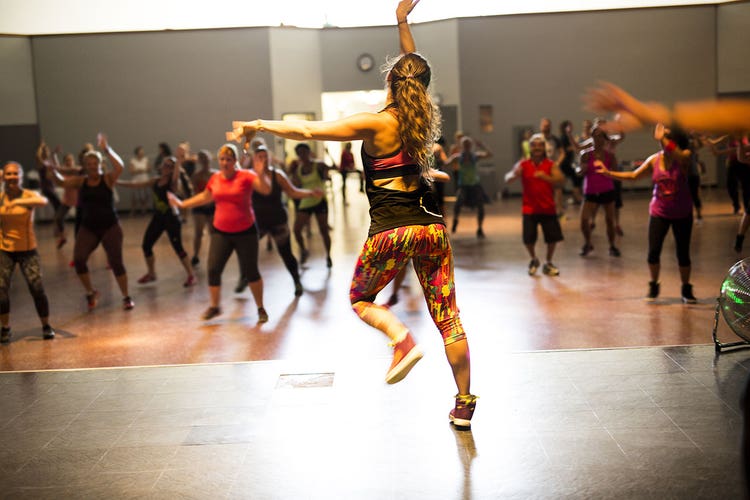
1.
We’ve known of the benefits of exercise for our bodies for quite a while, but thanks to a recent understanding of how exercise impacts our cognitive function, we will become more focused on how exercise can enhance the strength of our brain, leading to improvements in cognitive function, decision-making and memory recall. Challenging workouts that make us short of breath while engaging a variety of our senses can help produce more brain-derived neurotrophic factor (BDNF), the neurotransmitter that can help grow new brain cells and improve communication between existing cells.
2.
Achieving flow state will become a more widely accepted reason for working out. The flow state is where you become hyperfocused on an activity for the sake of enjoying that activity, losing track of time and even your surroundings. Reaching a flow state requires the ability to push your skills to the best of your ability—and requires just the right amount of risk or uncertainty—so that you have to focus on the task at hand to be successful. Achieving a flow state during exercise could help you become more productive for the rest of the day. An example is rope climbing: It’s imperative to focus exactly on what you’re doing or else you risk falling off the rope. It is this type of risk that elevates your senses and overall arousal, leading to a flow state.
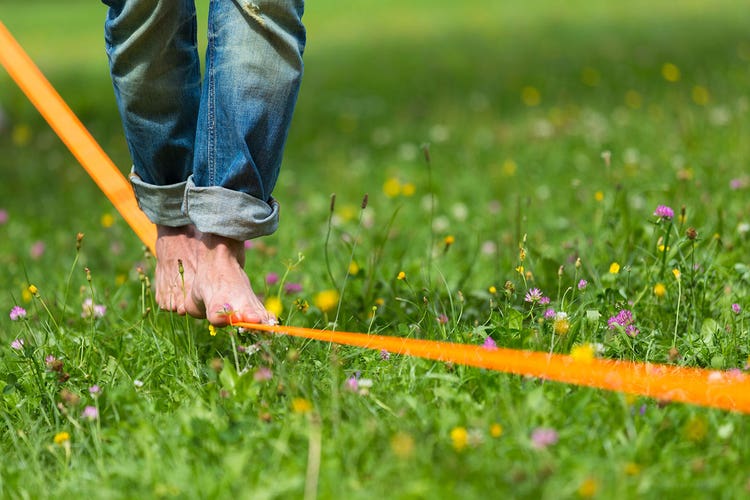
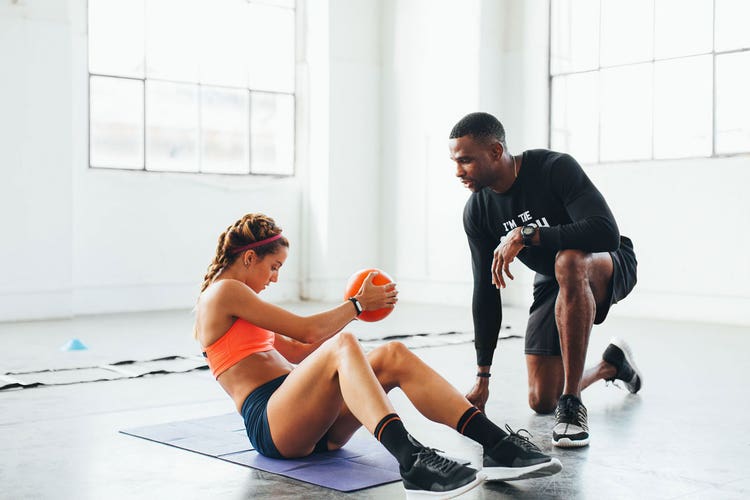
3.
A new class of hybrid trainers will emerge, offering live or virtual coaching, or a combination of the two, and programs to support your fitness needs. And personal trainers will play a greater role in the allied health continuum: Programs like the USREPS (U.S Registry of Exercise Professionals) are the first step toward a future in which doctors will recommend working with a personal trainer to address obesity and other health conditions related to a sedentary lifestyle, with the best exercises for your specific needs—not to mention accountability.
4.
Fitness is a lifestyle. Your healthy habits will provide opportunities to save money on your health insurance. In the next number of years, insurance companies and/or employers will begin using fitness trackers as a way to give physically active people discounts on health insurance. If you exercise regularly, you’ll wear a tracker and upload the data to an insurance company to receive a discount on your premiums. Yes, it may seem Big Brother-ish, but it will be a way to make exercise pay, literally, by acknowledging the role it plays in keeping you healthy.
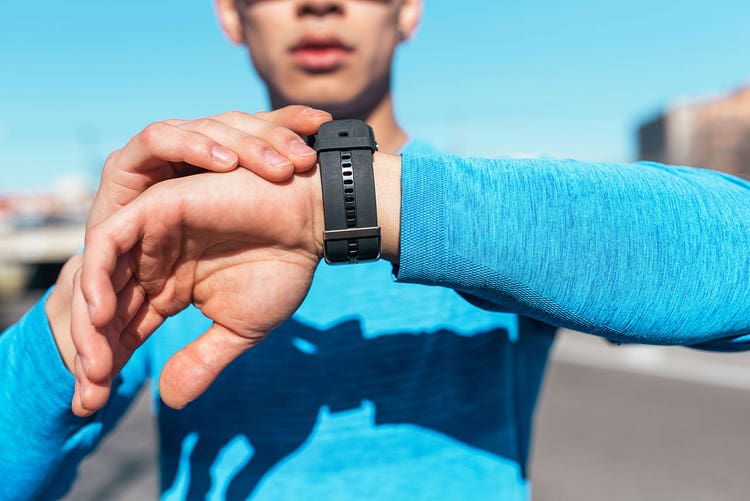

5.
New technology like virtual reality (VR) will change how we experience exercise in the privacy of our own homes. Already, streaming workout services allow you to follow the lead of a New York City–based instructor from the comfort of your home in Ames, Iowa. However, as VR becomes more prevalent, you’ll be able to exercise with an instructor as well as look around to see the rest of the class, or at least their avatars, sweating along with you. From your living room in Iowa, you’ll give virtual high-fives to classmates in Hoboken, New Jersey, or Seattle at the end of a challenging workout.
6.
Even as life becomes more high-tech with virtual personal assistants and self-driving cars, health clubs will be a refuge for those who are tech-averse or who prefer old-school exercise like lifting heavy things or a challenging yoga flow. Over the past 10 years, we have seen significant growth in the use of old-school fitness tools like kettlebells, barbells, medicine balls and gymnastic moves for dynamic and challenging workouts. The reason is that exercise is one part of our lives where we can rebel against the ever-present encroachment of technology, and the coming years will see a continued reliance on primitive exercise equipment like the mace, Indian clubs and weight sleds to make workouts more tactile and primitive.

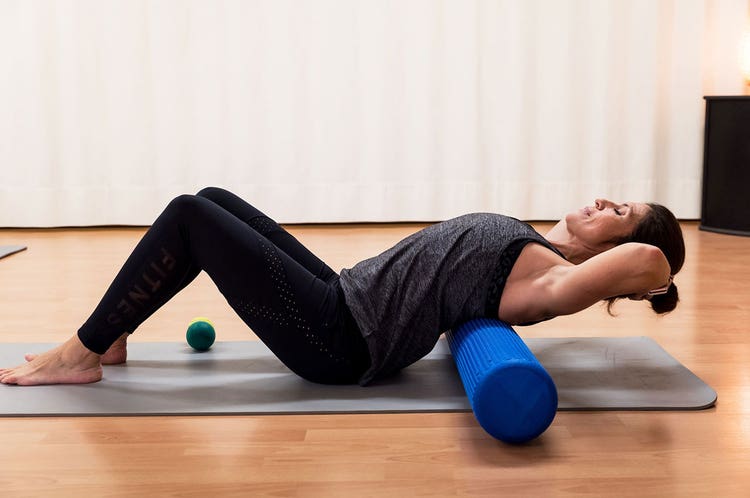
7.
Health clubs will improve their selection of products, programs and services to help your body adapt to the stresses imposed on it during challenging workouts, to maximize the effects of the post-workout recovery process. Mindset and mindfulness programming, low-intensity exercise, compression clothing worn during or after exercise, stretching by relieving muscle tension with foam rollers, sitting in a sauna or soaking in a hot tub are effective recovery strategies that will become more prevalent.
8.
Instead of being a place to go to just sweat, health clubs will become a place where you can have a unique, customized experience during your workout that will leave you feeling fit, invigorated and ready for more. With all the ways it is possible to meet people through digital platforms, real-life experiences will become the forte of health clubs, providing ways to make friends with others who share a common interest around a theme, whether that’s personal development, professional sports teams or obstacle-course racing.

It’s impossible to predict the future with absolute certainty. But understanding how technology like the smartphone has influenced our fitness, with apps that allow us to register for classes or track our mileage, lets us anticipate how a new technology like virtual reality might influence the way we exercise in the years to come.
One thing that is 100 percent certain is that making a commitment to an active lifestyle and smart nutrition choices now will pay off in 10 years for your future self.
Video credit: Aila ImagesPhoto credit: pololia, Adobe Stock; kasto80, Thinkstock; BonninStudio, Stocksy; Santi Nunez, Stocsky; stacestock, Adobe Stock; leszekglasner, Adobe Stock; Bisual Studio, Stocksy; Marc Rafanell López, Unsplash